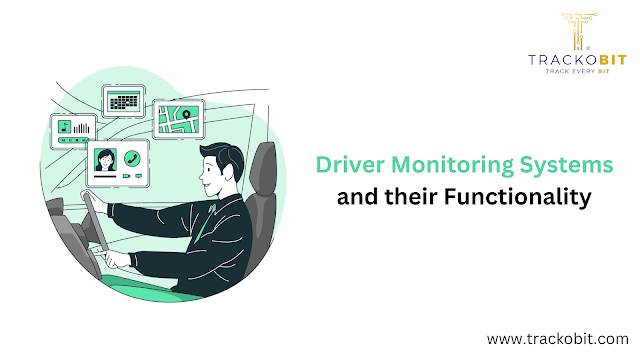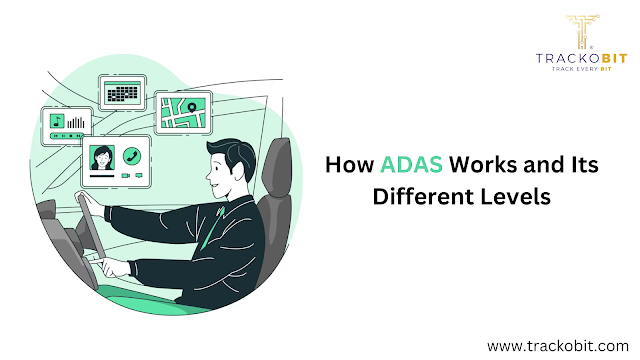What is Advanced Driver Assistance System (ADAS)?
While walking, it is simple to fend for yourself from any impact on any side from anywhere,
right? It is only in very specific circumstances that you risk bumping into something, right?
It’s not that you’re seeing everywhere, but you can just sense when something or someone enters your space.
How cool would it be if you could drive in sensors as you walk, right?
Well, now it is possible with Advanced Driver Assistance System.
How Does ADAS Work?
Seeing is believing. And that is exactly what ADAS helps drivers and managers do.
Driving has become a much simpler ordeal because of dashcams. After all, drivers do not have to rely on mirrors and peek out of windows to approximate the distance between the vehicle and objects anymore.
ADAS works through an intricate connection between hardware (proximity sensors and dashcams) and software (video telematics software or fleet management software).
Types of Advanced Driver Assistance Systems Alerts
ADAS is a very powerful function carried out by fleet management software’s video telematics system. Through the data collection, analysis, and integration process, you can get these notifications:
Collision Warnings: The primary function of advanced driver assistance systems (ADAS) is that it can warn vehicles of possible collisions. It can also alert managers if a collision has already happened. With the right sensors and cameras, ADAS can detect side, back, and front collisions effortlessly.
Signal Violations: Through advanced driver assistance systems, both drivers and managers can be easily warned about any signal violations along the way. Therefore, with this alarm system, managers can urge their drivers to drive more responsibly.
Risky Driving: Instances of risky driving, i.e., lane switching and overspeeding are instantly caught through ADAS as it can calculate speed according to OBD data and relative visuals.
Importance of Advanced Driver-assistance Systems
By now, it should be pretty clear that ADAS is a pretty powerful feature. To keep your fleet-centric business ahead of the competition, it is crucial to adopt new technology like ADAS. However, if you are still not convinced enough, let us look at the importance of ADAS:
Safer Fleet: Once you integrate your fleet with ADAS, you can claim it as single-handedly responsible for keeping your vehicles safer on the road. It can pick up on cues and possible dangers and help drivers avoid most collisions occurring due to blind spots or inattention.
Easier Driving: Driving has become a lower-bar activity due to ADAS. Now, instead of going through the complex network of mirrors inside the car, all drivers have to do is rely on ADAS to let them know when their vehicle is fast approaching an object or vice-versa.
Cost Savings: Since it functions through video telematics, advanced driver assistance systems retrieve visual proof of collisions. This way, if a driver is not at fault, they and your business cannot be falsely blamed. This can potentially save you a lot of money on insurance claims and nuclear verdicts.
Invaluable Data Collection: Video Telematics is exceptionally important in commercial fleets to collect all possible data. ADAS puts some perspective into that data to build better future plans and strategies.
Read More:- What Is Advanced Driver Assistance System?
.jpeg)

.png)

Comments
Post a Comment